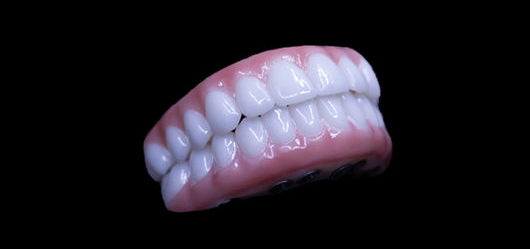The Of Dental Sense
The Of Dental Sense
Blog Article
The Ultimate Guide To Dental Sense
Table of ContentsThe Ultimate Guide To Dental SenseDental Sense Things To Know Before You Get ThisA Biased View of Dental SenseNot known Facts About Dental Sense
are clinical devices operatively dental implanted into the jaw to recover a person's capability to chew or their appearance. They offer assistance for synthetic (fake) teeth, such as crowns, bridges, or dentures. When a tooth is shed as a result of injury or illness, an individual can experience issues such as fast bone loss, defective speech, or changes to eating patterns that result in discomfort.Oral dental implant systems include an oral implant body and oral implant joint and might likewise consist of an abutment addiction screw. Dental veneers cost. The dental implant body is operatively put in the jawbone instead of the tooth's origin. The oral implant joint is typically attached to the implant body by the joint fixation screw and extends with gums into the mouth to sustain the affixed artificial teeth
(https://hubpages.com/@dentalsense1)Structure of The Dental Implant System selecting oral implants, talk with your dental company concerning the prospective benefits and risks, and whether you are a candidate for the treatment. Things to think about: Your overall health is a crucial aspect in identifying whether you are an excellent prospect for oral implants, the length of time it will certainly require to recover, and how much time the implant might remain in place.
Smoking may impact the healing procedure and reduce the lasting success of the dental implant. The recovery procedure for the dental implant body might take numerous months or longer, throughout which time you generally have a short-term abutment instead of the tooth. the dental implant procedure: Carefully comply with the oral hygiene guidelines given to you by your oral service provider.
Little Known Questions About Dental Sense.
Implant failing can result in the requirement for one more surgical procedure to fix or replace the implant system. Brings back the ability to eat Restores aesthetic look Aids keep the jawbone from reducing due to bone loss Maintains the health of the surrounding bone and periodontals Assists keep adjacent (neighboring) teeth steady Boosts lifestyle Damages to surrounding all-natural teeth during dental implant placement Injury to the surrounding cells during surgical procedure, such as sinus opening Injury throughout surgery (as an example, fracture of bordering jawbone) Poor function, such as seeming like the teeth do not bite together usually A sensation that the tooth is loosened or twisting in place resulting from a joint screw loosening Implant body failing (looseness of the dental implant body) because of systemic infection, which might be most likely in individuals with uncontrolled diabetes mellitus due to local infection in bone and periodontals sustaining the dental implant body due to delayed recovery, which might be much more likely in patients who smoke Difficulty official source cleansing the gums around the implant, resulting in poor oral health Neglected gum condition Post-surgical pins and needles as a result of nerve impingement or damage Constantly inform wellness treatment providers and imaging service technicians that you have dental implants prior to any kind of magnetic vibration imaging (MRI) or x-ray procedures.
FDA is not conscious of any type of unfavorable occasions reported for MRI or x-ray procedures with dental implants. Oral implants systems are typically made from products that adhere to international agreement standards of the International Organization for Standardization (ISO) or ASTM International. These standards have details of what makes a secure material.

A dental implant is a framework that changes a missing tooth. With screw-like tools, the doctor inserts an implant into the jawbone, and it acts as a support for an artificial tooth, called a crown.
Dental Sense Fundamentals Explained
Some individuals are not qualified for dental implant surgical treatment. It is for dental doctors to operate individuals with: acute illnessuncontrollable metabolic diseasebone or soft cells illness or infectionIf these issues are fixed, a person can have the surgical treatment. In, oral specialists refrain from operating on people with: If individuals with any one of the above undertake dental implant surgery, there is a greater danger of the dental implant stopping working.

Dental dental implant surgical procedure is a customized process. Offer you time to recover. Attach the post and final crown, bridge or denture.
Next off, your doctor will meticulously position the dental implant into your jaw. Lastly, your surgeon will certainly rearrange your periodontals and shut the laceration with stitches. If your implant is near the front of your mouth, your dental professional will certainly make a short-term tooth for you to use until you recover. That way, you won't have a void in your smile while you recoup.
The Best Strategy To Use For Dental Sense
Your supplier can inform you what to expect in your scenario. Throughout the healing phase, your jawbone should fuse to the dental implant. This procedure, called osseointegration, is crucial for security and long-lasting success. This procedure can take anywhere from 3 to 9 months. Sometimes, it may take longer.
When your implant heals, your dental practitioner can connect the joint (little port post) and your final repair (crown, bridge or denture). This usually takes about one hour to finish and might call for a 2nd minor surgical procedure. You shouldn't feel any kind of discomfort throughout your dental implant procedure because your copyright will use medication to numb your gum tissues.
Report this page